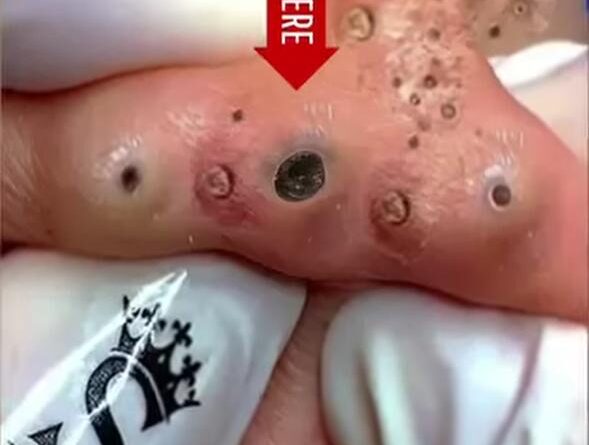Whiteheads vs.Blackheads Causes Treatments and Tips (video)
Whiteheads vs.
Blackheads: Causes, Tips, and More
When managing breakouts, it’s key to know exactly what you’re dealing with. Whiteheads and blackheads can be stubborn, but you do have options. Ahead, discover exactly what blackheads and whiteheads are, how they form, how to manage them, and how best to care for your skin to help prevent these blemishes from cropping up.
Overview
Odds are that you’ve encountered at least one of two of the most common types of pimples: whiteheads and blackheads. These forms of congestion are very similar and are often fairly easy to identify because their names describe their appearance. However, if you’re wonderine how to ger he or backeras and whiteheads.
What are whiteheads?
A whitehead is a type of blemish that manifests as a bump on the skin, also known as a comedone. They form when a pore is blocked by excess oil and dead skin cell buildup. Whiteheads are closed comedones, meaning
“closed pore.” You can actually see the blockage within the pore underneath the skin, which looks like a white bump-hence the name. While they can form anywhere on the skin, they most frequently appear on the face (especially the nose, chin, and forehead), neck, back, chest, and upper arms.
What are blackheads?
Like whiteheads, blackheads are comedones, and form when a pore is blocked. However, blackheads look very different-almost like there is dirt stuck inside a pore.
That’s because blackheads are open comedones, meaning the congestion has caused the opening of the pore to dilate, exposing the pore’s contents to the air. A chemical reaction between the air and the contents of the pore causes it to turn dark, which is why these blemishes are called “blackheads.” Blackheads can also form anywhere on the skin, but tend to pop up on the face, particularly the nose and chin, as well as the neck, back, and chest.
What Causes Whiteheads and Blackheads?
Facts About Whiteheads and Blackheads
- Fact #1: Though whiteheads and blackheads look different, they both form when a pore has been blocked.
- Fact #2: Excess oil, dead skin cells, bacteria, and hormones can all play a role in the formation of blackheads and whiteheads. Stress, lifestyle choices, and certain beauty products may also contribute.
- Fact #3: There are over-the-counter and prescription options that can help address them, including products with salicylic acid.
- Fact #4: Making a few changes to your skincare routine can help prevent clogged pores.
Understanding
Whiteheads vs. Blackheads
Whiteheads and blackheads are incredibly common-so much so that, according to the Cleveland Clinic some researchers suggest that nearly everyone is affected by these blemishes at one point or another in their lives. 1,2 Interestingly enough, they’re also both formed by the same thing, a pore blockage. However, their
Odds are that you’ve encountered at least one of two of the most common types of pimples: whiteheads and blackheads. These forms of congestion are very similar and are often fairly easy to identify because their names describe their appearance. However, if you’re wondering how to get rid of blackheads and whiteheads, you might be feeling stumped. Many are tempted to pick at their skin in the hopes of purging their pores, but that often makes the situation worse. Picking can cause blemishes to be more painful and more noticeable. In this guide, we break down better options for addressing blackheads and whiteheads.
